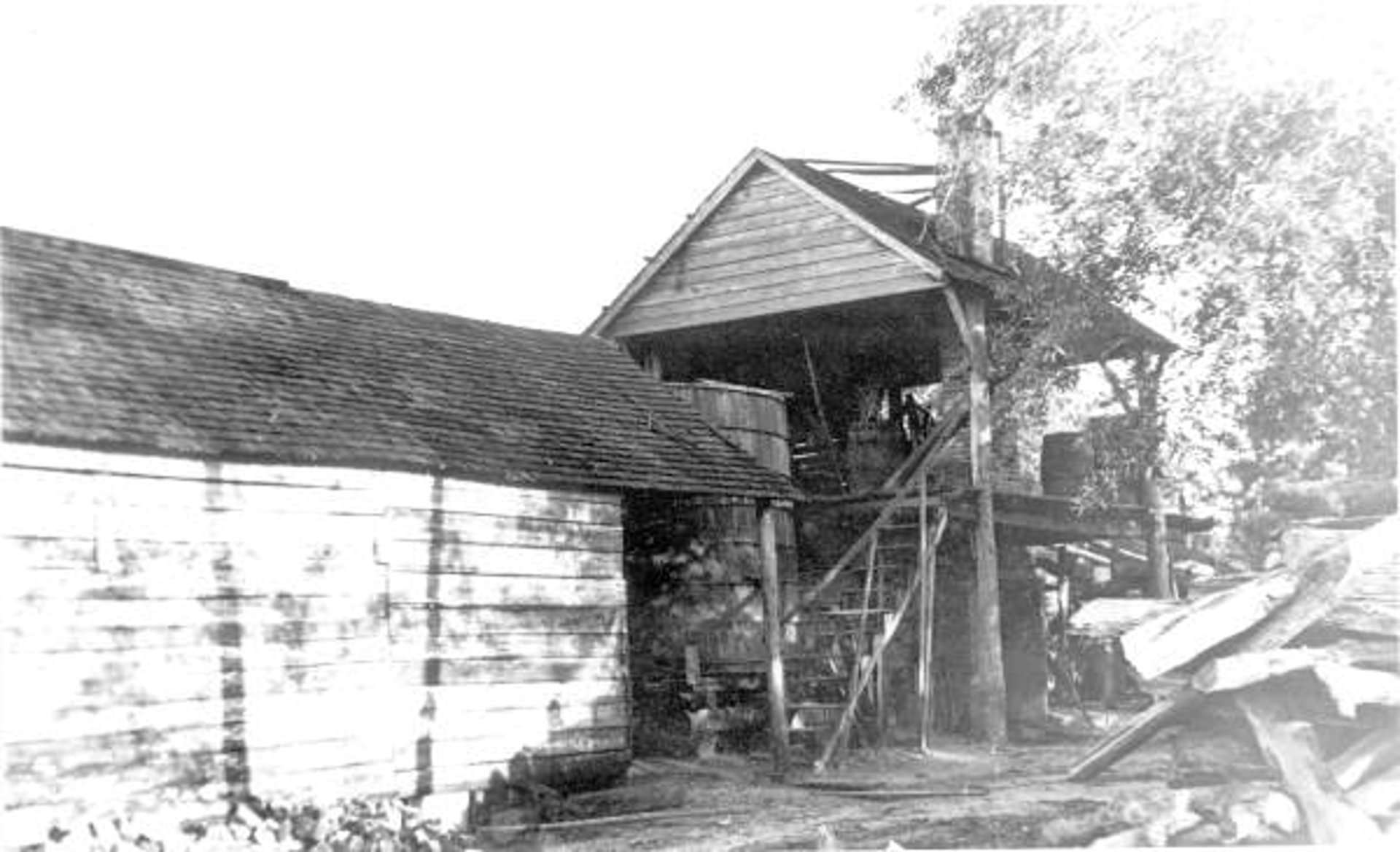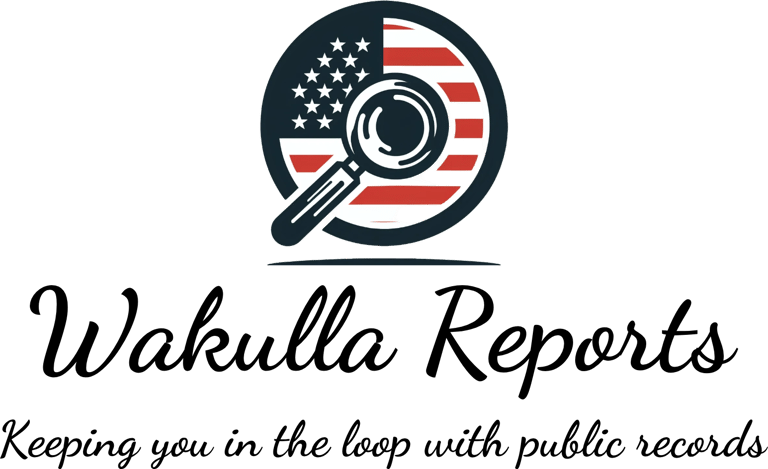Wakulla County BOCC Staff Recommend No Taxpayer Savings, Push for Higher Taxes
At a recent Wakulla County Board of County Commissioners budget meeting, county staff presented options for the upcoming fiscal year’s general revenue collections, but their recommended path offers no relief for taxpayers.
MONEY & FINANCEWAKULLA BOCC MEETINGS2025
Bella Boyd
7/22/20253 min read


At a recent Wakulla County Board of County Commissioners budget meeting, county staff presented options for the upcoming fiscal year’s general revenue collections, but their recommended path offers no relief for taxpayers. Instead, the county is poised to maintain the current property tax (millage) rate of 7.9 mills and initiate a Public Services Tax (PST) increase, adding to residents’ financial burdens. Here’s a breakdown of the discussion, the staff’s recommendation, and their justifications for avoiding taxpayer savings.
Budget Options: No Millage Rate Reduction in Sight
The county’s general revenue, which funds essential operations, relies heavily on property taxes and the PST. With property values certified at $2.51 billion—a 4.6% increase in existing properties plus $121 million from new development—the county had an opportunity to lower the millage rate and provide taxpayer relief. However, staff’s preferred option dismisses this possibility.
Three options were presented:
Option 1: Reduce the millage rate to a “modified rollback” rate of 7.7759 mills (generating $18.54 million) and increase the PST by one cent, yielding $217,000 for half a year. This would spend $439,000 of cash reserves, driven partly by a $240,000 sheriff’s budget increase.
Option 2: Maintain the current 7.9 millage rate ($18.84 million) without a PST increase, spending $360,000 of reserves.
Option 2A (Staff Recommendation): Keep the 7.9 millage rate and start the process to increase the PST by one cent, effective October 1, 2026, to generate full-year revenue in FY 2026-27. This avoids immediate PST revenue but ensures no millage rate reduction.
Staff’s Recommendation: No Savings, Higher Taxes
County staff strongly recommended Option 2A, which keeps the millage rate at 7.9 mills—classified as a tax increase under state law since it exceeds the true rollback rate of 7.5494 mills (needed to collect the same $18.039 million as last year). Additionally, they propose raising the PST from $0.09 to $0.10 per dollar, the maximum allowable rate, starting in FY 2026-27. This dual approach ensures taxpayers see no property tax relief and face a future PST hike, projected to generate $433,000 annually once fully implemented.
Staff’s Excuses for Maintaining High Taxes
Staff justified their recommendation by citing several financial pressures, though critics may question whether these necessitate forgoing taxpayer savings:
Stabilizing the Millage Rate: Staff emphasized their success in stabilizing the millage rate since 2011, when it was reduced from 8.5 mills to address past budget issues, including a $2.5 million revenue miscalculation in FY 2023-24. They argue that maintaining 7.9 mills avoids future increases, but this ignores the fact that it’s still a tax increase over the rollback rate, adding $1.7 million more than last year’s $17.137 million in ad valorem revenue.
Future Costs, Especially Radio Maintenance: A key justification is a $500,000 annual radio maintenance cost starting in FY 2026-27, tied to a grant match for a $12 million radio system. Staff described this as a contractual obligation, not optional, and suggested the PST increase is necessary to cover it. However, the PST revenue won’t be available until FY 2026-27, leaving taxpayers to bear the current millage rate without immediate relief. You can read more about the Motorola procurement/contract here.
Potential Sheriff’s Personnel Increases: Staff noted possible future sheriff’s department personnel costs, though no specifics were provided beyond maintaining current EMS and sheriff staffing levels for FY 2025-26. This vague projection was used to caution against reducing the millage rate now.
Preserving Cash Reserves: With a projected $5.591 million cash balance at the end of FY 2024-25 ($1.2 million above the required 25-33% of operating expenses), staff argued that maintaining the millage rate minimizes reserve depletion. Option 2A would spend $360,000 of reserves in FY 2025-26, less than Option 1’s $439,000, but still erodes the surplus. Critics might argue that the county could lower the millage rate and still maintain a healthy reserve.
What This Means for Taxpayers
By choosing Option 2A, the county ensures taxpayers see no property tax relief despite rising property values, which could have supported a lower millage rate. The 7.9 mill rate will generate $18.84 million, a $1.7 million increase over last year, and the planned PST hike will add $433,000 annually starting in FY 2026-27. This approach prioritizes future budgetary needs over immediate taxpayer savings, potentially increasing the cost of living for Wakulla residents.
Looking Ahead
The county projects a $816,000 deficit in FY 2026-27 under Option 2A, driven by the radio maintenance costs and potential sheriff’s expenses. While staff touts the PST increase as a solution, it won’t take effect until October 2026, leaving questions about how the county will bridge the gap in the interim. Residents may wonder why the county isn’t leveraging its $1.2 million excess fund balance to offer millage rate relief now, especially given the significant property value growth.
You can watch the clip of the Property Tax/PST Discussion Here

Additional Social Links
YouTube is your go-to for short clips, video explainers, and visual breakdowns of how Florida and Wakulla governments really work.
Facebook brings you bite-sized written content, sticky-note facts, and rolling updates you can share and discuss.
Prefer to browse at your own pace?
Bookmark our website and visit anytime for fresh posts, resources, and real-life examples from right here in Wakulla County.
© 2024. All rights reserved.
